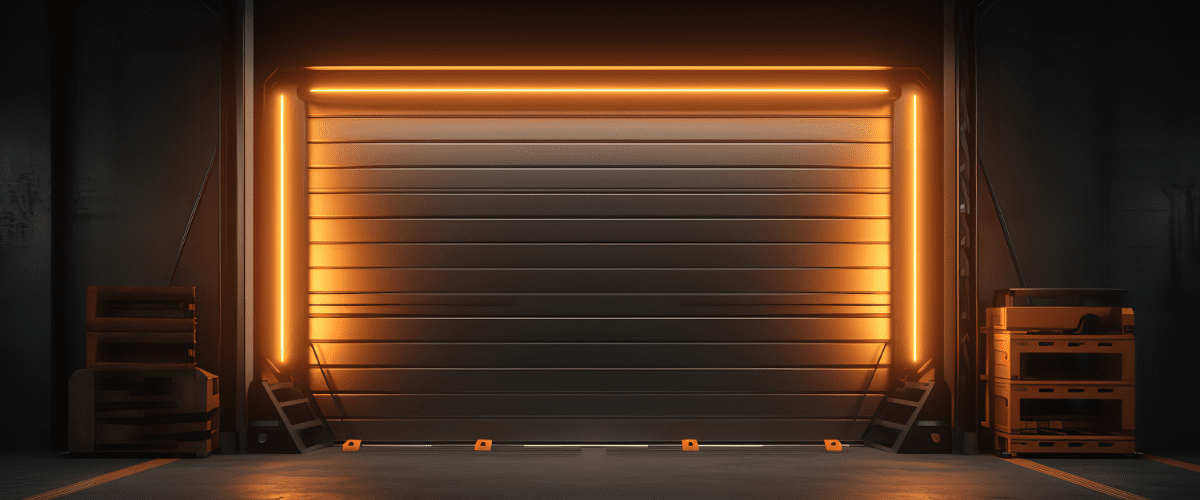Companies and customers loathe the stockout/out-of-stock message. When items are called stockout (unavailable), businesses lose billions from customers losing trust.
Suppose companies gain real-time visibility to control inventory, inform customers, and deliver products on time. In that case, they can avoid any stockout and keep shoppers smiling.
The Customer
A stockout happens when an item or inventory runs out faster than it can be replenished. Picture a frustrated customer who looks at an empty shelf and asks the clerk, “Do you have it in the back?” Or online, when they read an “Out of Stock” banner over the product they want.
THE COMPANY
Companies feel stockouts are more than a mere nuisance; they cause real-world damage.
- A McKinsey & Company study said the U.S. food retail industry loses anywhere from $15 billion to $20 billion in sales yearly because of stockout items.
Companies’ brand trust is on the line.
- The ECR Retail Loss Group says 37% of consumers choose a different brand after one “out of stock” experience. On the second, the number increases to 50%. Finally, by the third stockout, 70% of buyers say they’ll give up and switch to another brand entirely.
Companies have to pay up to play.
- They may have to pay rush fees or incur extra costs for rush delivery and employee overtime.
- Back ordering and canceled orders place extra burdens on support staff and operations, ultimately causing chaos in the supply chain.
STOCKOUT PREVENTION
Here are a few tips on how to prevent an out-of-stock worst-case scenario situation:
Use real-time data:
- Most stockouts occur when inventory management systems are outdated or are too siloed to communicate with each other.
- Integrated platforms show companies where everything is at any given time.
Forecast demand and automate stock replenishment:
- Map out new product launches and seasonal demand surges
- Implement RFID technology – it can track product information and improve inventory accuracy by 30%.
Use a Just-in-Case methodology.
- Though costly, this system avoids absentee products if there is a shortage on the supply or demand side.
- Each company can calculate its ideal amount of buffer with this formula:
(Maximum Daily Sales x Maximum Lead Time in Days) – (Average Lead Time in Days x Average Daily Sales) = Safety Stock Volume
Invest in a Smart Logistics Management Tools:
- These tools give a company access to their entire inventory and shipping information around the globe instantaneously at their fingertips.
Smart Logistics as a Service = no more stockouts.
Smart LaaS technology provides complete transparency. It allows companies to see where their stock is at every moment and integrates key data — like weather, delivery truck updates, port congestion, and customs documentation — to get accurate and timely automated information.
Smart LaaS is cloud-based and AI-powered. It’s untethered from any hardware or software, giving companies the most up-to-date insights at a reasonable cost.
Using Smart LaaS, companies gain groundbreaking levels of visibility, helping them prepare for the future by making smarter inventory decisions, inevitably keeping customers informed and happy.
Learn more about how you can get ahead of stockouts and boost your brand at klearnow.com.





